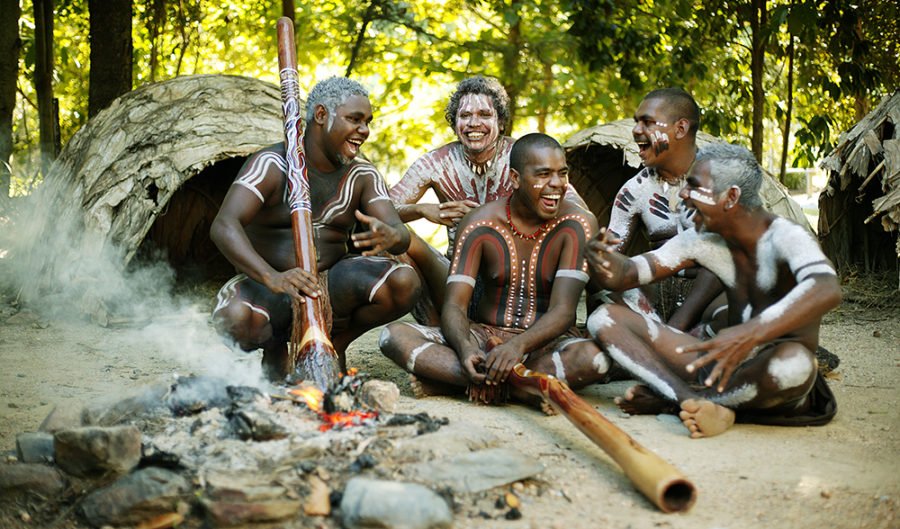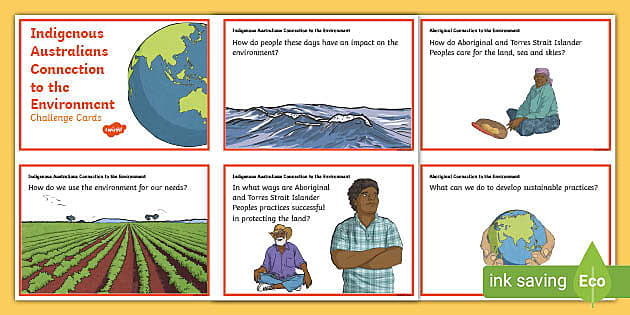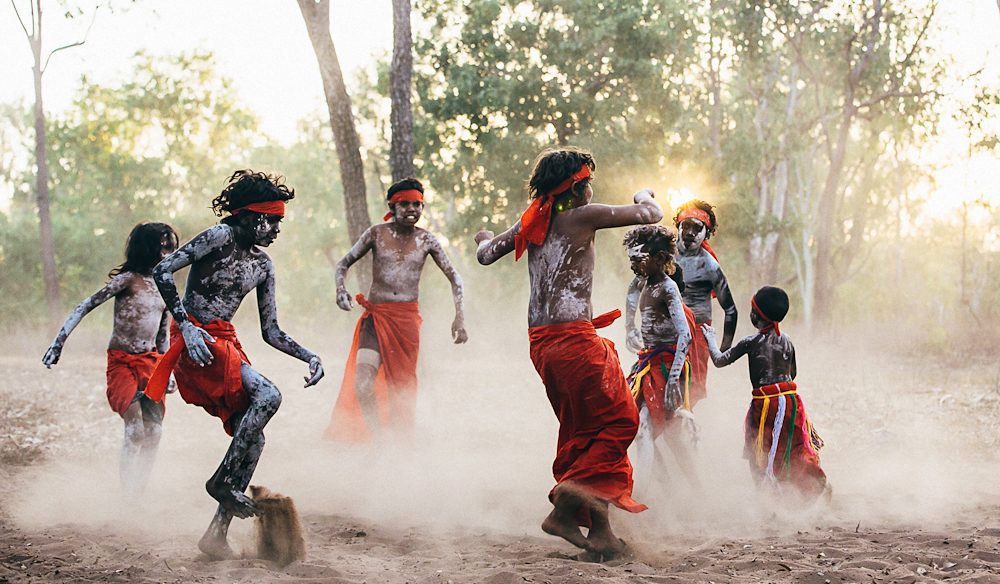A Deep Connection: How Aboriginal People’s Relationship with the Land Ensured Economic Survival
A Deep Connection: How Aboriginal People’s Relationship with the Land Ensured Economic Survival
The history of Aboriginal Australians is a story deeply intertwined with the land. It’s not just a story of physical survival, but of a profound connection that allowed for thriving communities and a rich cultural tapestry. This article delves into the intricate ways Aboriginal people’s relationship with the land ensured their economic survival, highlighting the wisdom, resourcefulness, and sustainability embedded in their traditional practices.
Beyond Ownership: A Holistic Understanding of Land
Related Articles: A Deep Connection: How Aboriginal People’s Relationship with the Land Ensured Economic Survival
- A Culinary Journey Through Time: Exploring The Rich Tapestry Of Aboriginal Cuisine
- A Journey Through The Sounds Of Australia: Exploring The Unique Instruments Of The Land Down Under
- A Taste Of Paradise: Unveiling The Delectable World Of Australian Tropical Fruits
- Australia’s Linguistic Tapestry: A Blend Of Official And Unofficial Tongues
- The Buzz About Stingless Bees: Exploring Australia’s Unique Pollinators
For Aboriginal people, the concept of "land" transcends mere ownership. It encompasses a complex web of interconnected elements: the physical environment, the plants and animals, the spirits and ancestral beings, and the knowledge passed down through generations. This holistic understanding formed the basis of their economic survival, shaping their daily lives and ensuring a sustainable future.
The Gift of the Land: Resources and Sustenance
The Australian landscape, while seemingly harsh, offered a surprising abundance of resources. Aboriginal people developed an intimate knowledge of these resources, utilizing them for food, shelter, tools, and medicine.
- Food Sources: The land provided a diverse array of edible plants, fruits, and nuts. Aboriginal people understood the seasonal cycles, knowing when and where to find the best sources of sustenance. They practiced sustainable harvesting techniques, ensuring the continued abundance of these resources.
- Animal Resources: Aboriginal people were skilled hunters and gatherers, utilizing a range of tools and techniques to hunt animals for food and clothing. Their knowledge of animal behavior and migration patterns allowed them to efficiently and sustainably manage these resources.
- Natural Materials: The land provided a wealth of materials for building shelters, crafting tools, and creating art. Aboriginal people used wood, bark, stone, and clay to build sturdy homes, create efficient weapons, and express their cultural identity.

Beyond the Material: Spiritual and Cultural Connections
The economic survival of Aboriginal people was not solely based on material resources. It was deeply intertwined with their spiritual connection to the land. This connection guided their actions, ensuring the land’s continued well-being and, in turn, their own.
- Ancestral Spirits: Aboriginal people believed that their ancestral spirits were present in the land, shaping its features and influencing its fertility. Respecting these spirits was paramount, ensuring the land’s continued bounty.
- Cultural Practices: Rituals and ceremonies were integral to maintaining the balance between the people and the land. These practices ensured the health of the environment and the continued flow of resources.
- Knowledge Transmission: Knowledge about the land, its resources, and its spiritual significance was passed down through generations, ensuring the continuity of their economic and cultural survival.
Examples of Sustainable Practices
Aboriginal people developed a range of sustainable practices that ensured the long-term health of the land and its resources. These practices serve as valuable lessons for modern society:
- Fire Management: Aboriginal people used fire as a tool to manage the landscape, promoting healthy growth and preventing destructive wildfires. This practice also encouraged the growth of specific plants and attracted game, enhancing the availability of food resources.
- Selective Harvesting: Aboriginal people practiced selective harvesting, taking only what they needed and leaving enough for regeneration. This ensured the continued abundance of plants and animals for future generations.
- Water Management: Aboriginal people developed sophisticated systems for managing water resources, including dams, channels, and water harvesting techniques. These systems ensured a reliable supply of water for drinking, irrigation, and other needs.

The Impact of Colonization
The arrival of European settlers dramatically altered the relationship between Aboriginal people and the land. The introduction of new diseases, the displacement from traditional territories, and the disruption of traditional practices led to significant economic and cultural decline.
- Loss of Land: The dispossession of land from Aboriginal people severely impacted their ability to access resources and practice their traditional ways of life.
- Economic Disparity: The lack of land ownership and limited access to education and employment opportunities created a cycle of poverty and economic marginalization for many Aboriginal communities.
- Cultural Erosion: The suppression of traditional practices and beliefs led to a loss of cultural knowledge and identity, further hindering their economic and social well-being.
The Importance of Recognition and Reconciliation
Today, there is a growing recognition of the importance of Aboriginal land rights and the need for reconciliation. Recognizing the traditional knowledge and sustainable practices of Aboriginal people is crucial for building a more equitable and sustainable future.
- Land Rights: The recognition of native title rights and the establishment of land councils are important steps in restoring Aboriginal people’s connection to their land.
- Economic Development: Supporting Aboriginal-owned businesses, promoting cultural tourism, and providing access to education and employment opportunities are essential for fostering economic empowerment.
- Cultural Preservation: Preserving Aboriginal languages, traditions, and knowledge is vital for ensuring the continuity of their culture and the transmission of their wisdom to future generations.
FAQ: Aboriginal People’s Relationship with the Land
1. What is the difference between Aboriginal people’s concept of land and the Western concept of ownership?
Aboriginal people view land as a holistic entity, encompassing not just the physical environment but also the spirits, ancestral beings, and the knowledge embedded within it. This contrasts with the Western concept of ownership, which focuses on individual rights and control over property.
2. How did Aboriginal people ensure the sustainability of their resources?
They developed a range of sustainable practices, including fire management, selective harvesting, and water management techniques. These practices ensured the long-term health of the land and its resources, allowing for a continuous supply of food, shelter, and other necessities.
3. What was the impact of colonization on Aboriginal people’s relationship with the land?
Colonization led to the dispossession of land, the disruption of traditional practices, and the erosion of cultural knowledge. This resulted in significant economic and social decline for many Aboriginal communities.
4. What are some steps being taken to address the legacy of colonization and support Aboriginal economic empowerment?
These include recognizing native title rights, supporting Aboriginal-owned businesses, promoting cultural tourism, and providing access to education and employment opportunities.
5. Why is it important to understand and learn from Aboriginal people’s relationship with the land?
Their deep connection to the land and their sustainable practices offer valuable lessons for modern society, particularly in light of the current environmental challenges. Their wisdom can guide us towards a more sustainable and equitable future.
Conclusion: A Legacy of Wisdom
The relationship between Aboriginal people and the land is a testament to the power of deep connection, cultural wisdom, and sustainable practices. Their story serves as a reminder of the interconnectedness of all living things and the importance of respecting the environment for the well-being of present and future generations. As we move forward, it is essential to learn from their legacy and strive for a future where their knowledge and wisdom are respected and valued.
**

Closure
Thus, we hope this article has provided valuable insights into A Deep Connection: How Aboriginal People’s Relationship with the Land Ensured Economic Survival. We hope you find this article informative and beneficial. See you in our next article!
